
A Place of Origin, A Fount of Innovation原点にして最前線の舞台
Restaurant Hiramatsu Hiroo is an establishment where Hiroyuki Hiramatsu—a pioneering French chef in Japan—serves as executive chef.
Choice ingredients and wines, fine-tuned techniques, a warm and refined service, and an exquisite space all contribute toward
a dining experience in which you will savor the pinnacle of food while surrounded by wonderful company.
Every meal is a story about how French culinary traditions are passed on to the future—
and you will get to see this tale unfold in front of your very eyes.
About Restaurant Hiramatsu Hiroo
Choice ingredients and wines, fine-tuned techniques, a warm and refined service, and an exquisite space all contribute toward
a dining experience in which you will savor the pinnacle of food while surrounded by wonderful company.
Every meal is a story about how French culinary traditions are passed on to the future—
and you will get to see this tale unfold in front of your very eyes.
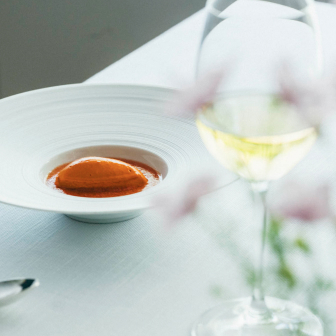
Our Menu
Our Menu
Experience an array of elegant dishes born out of seasonal ingredients and techniques meant to enhance their natural flavors.
Learn more
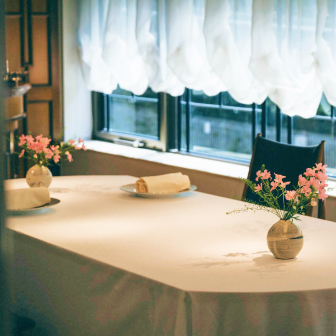
Dining Spaces
Dining Spaces
Book your table in our relaxed main dining room or in one of our three private rooms.
Learn more

Restaurant Weddings
Restaurant Weddings
Whether you want a whole-building reception, a gathering in a private dining room, or an intimate affair, your special day will include a most delicious meal.
Learn more

Frequently Asked Questions
Frequently Asked Questions
Find the answers to your questions about our dress code, safeguards to protect against allergies, payment, parking, and more.
Learn more
Plan Your Visit
Restaurant Hiramatsu Hiroo is located a short one-minute walk from Hiroo Station in the Hiroo neighborhood of Tokyo.
- Lunch:
- 11:30 a.m. – 3:00 p.m.
(last order at 1:00 p.m.)
- Dinner:
- 6:00 p.m. – 11:00 p.m.
(last order at 8:00 p.m.)
- Closed:
- Mondays (or the following day if Monday falls on a holiday)


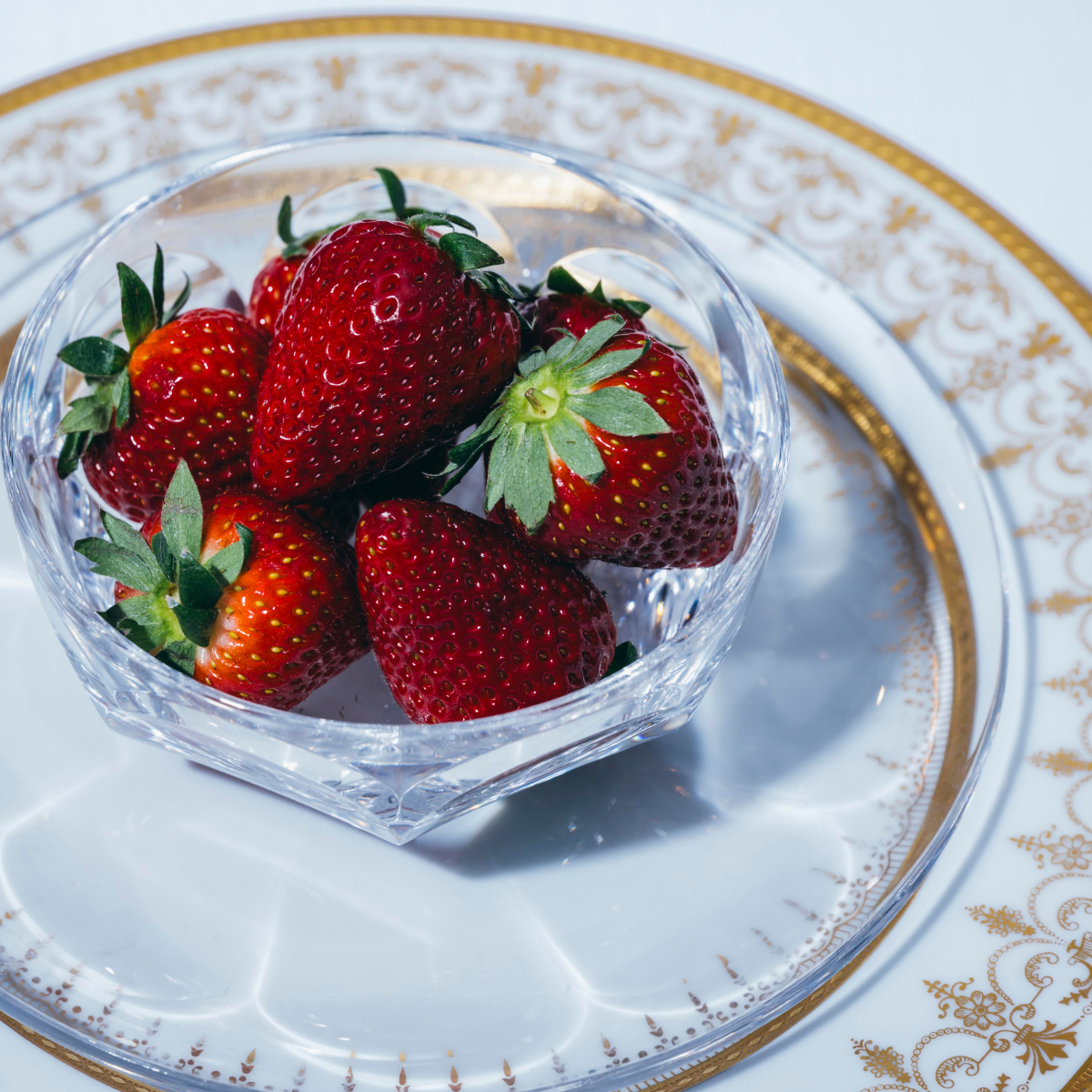

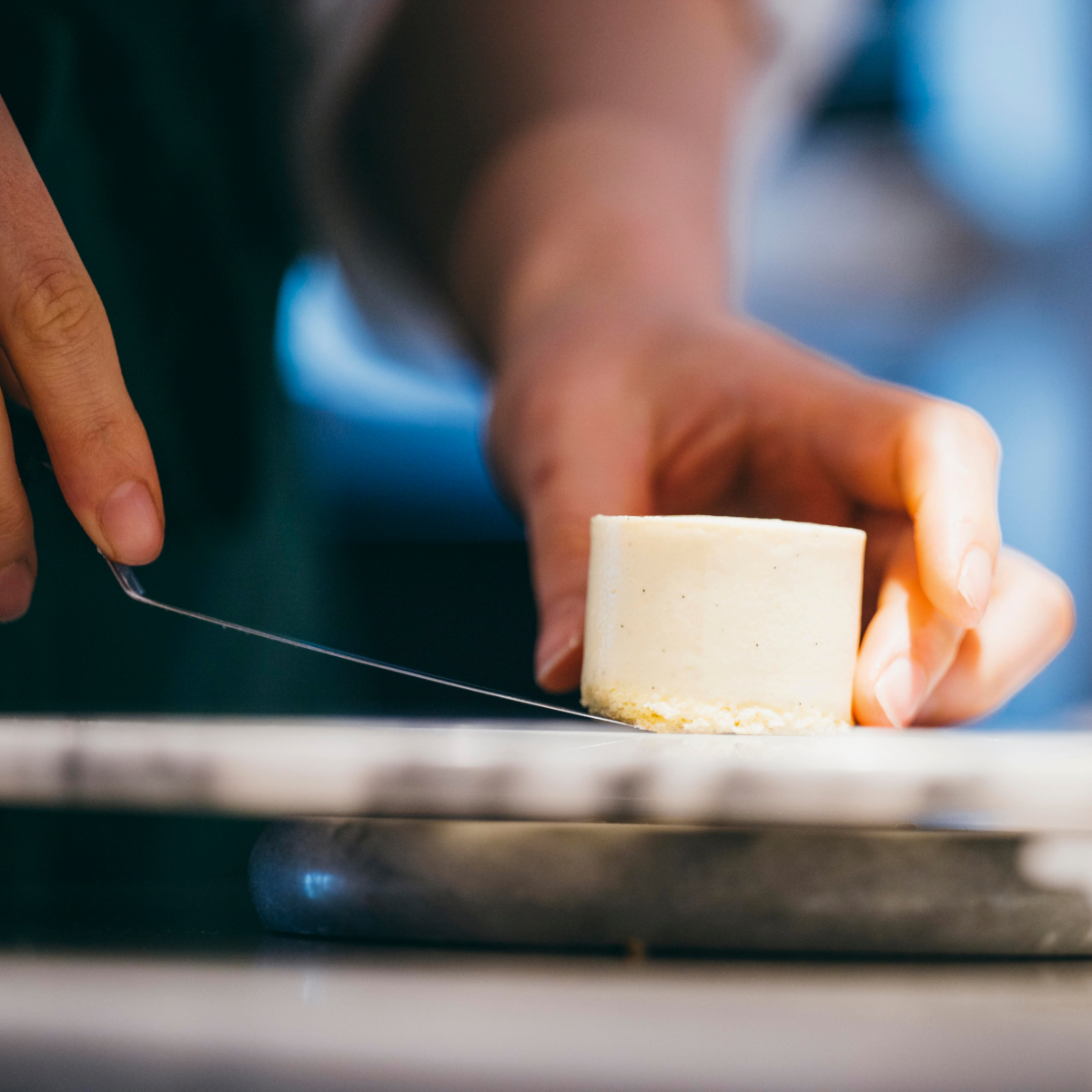
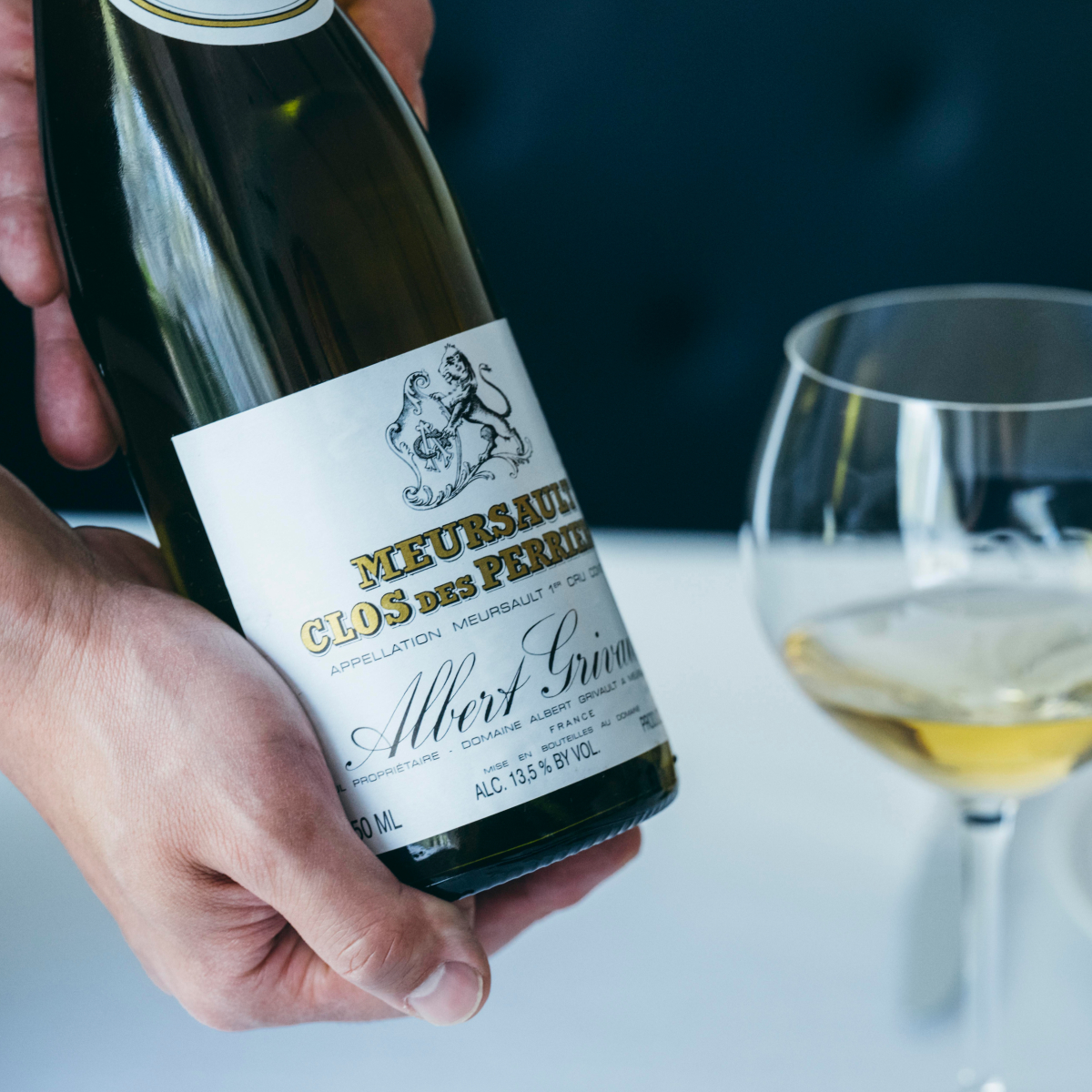

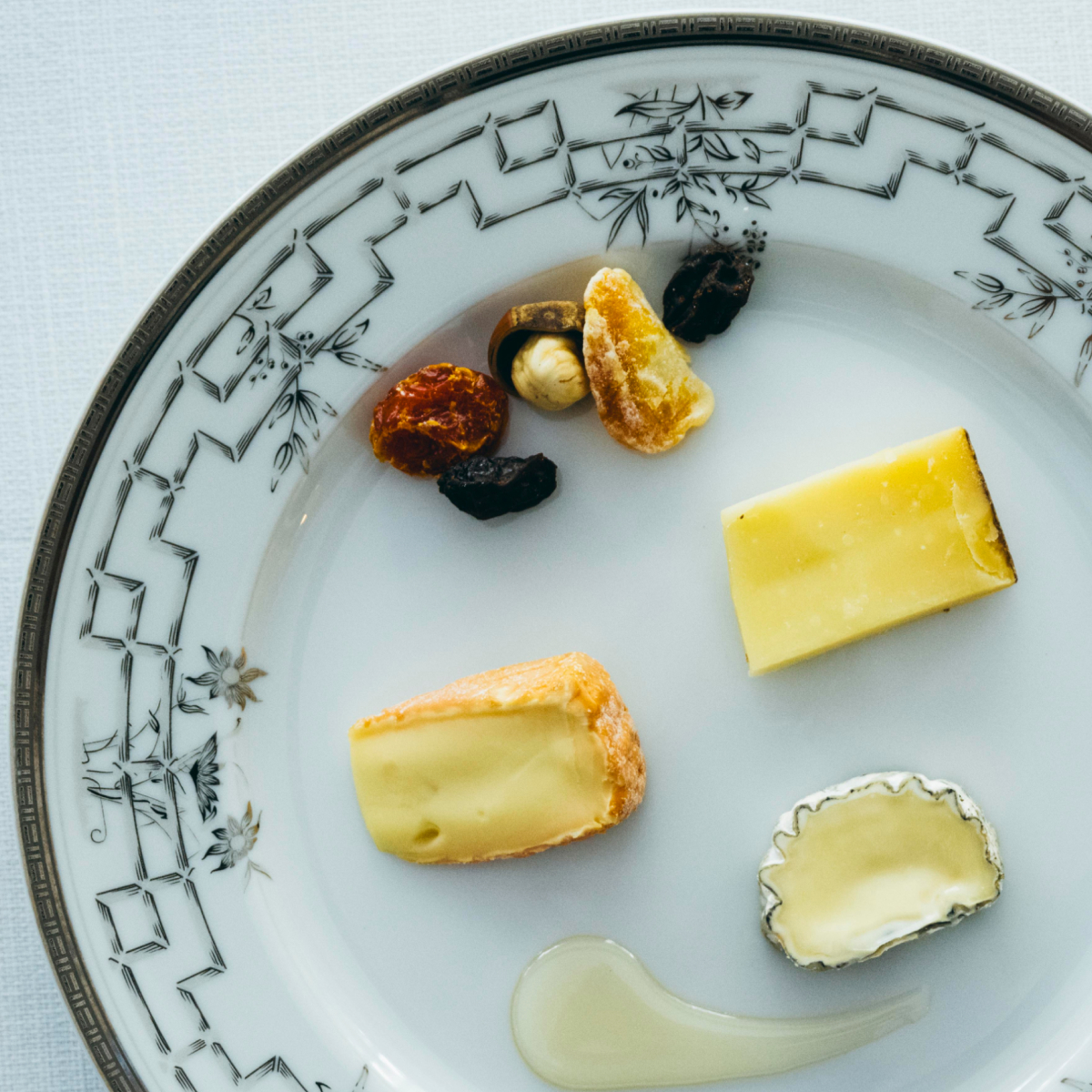

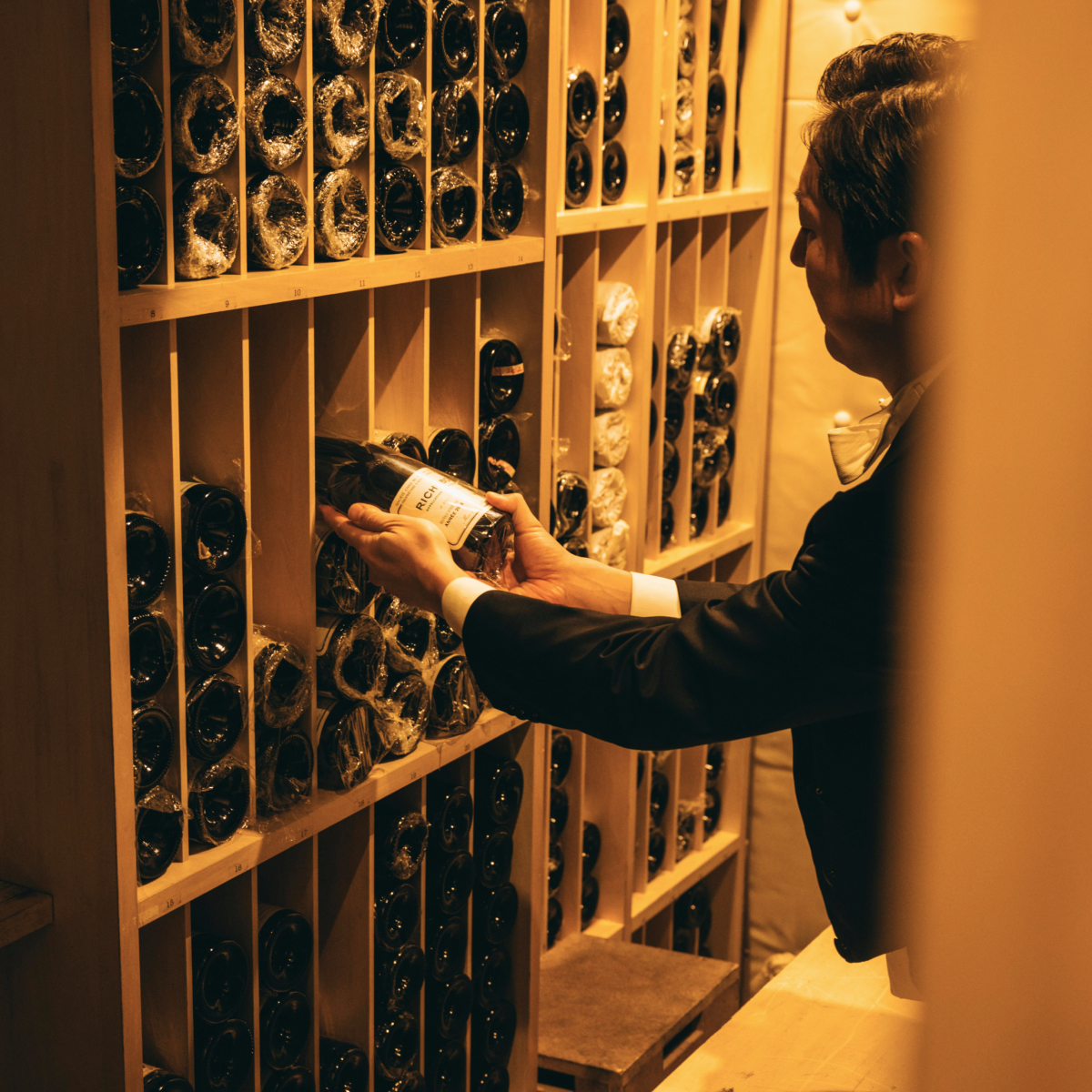










Stay up to date with social media
We are recruiting new talent
At Restaurant Hiramatsu Hiroo, you will get to develop your individuality and passions in a first-class culinary establishment.
Learn more Instagram
Instagram Facebook
Facebook